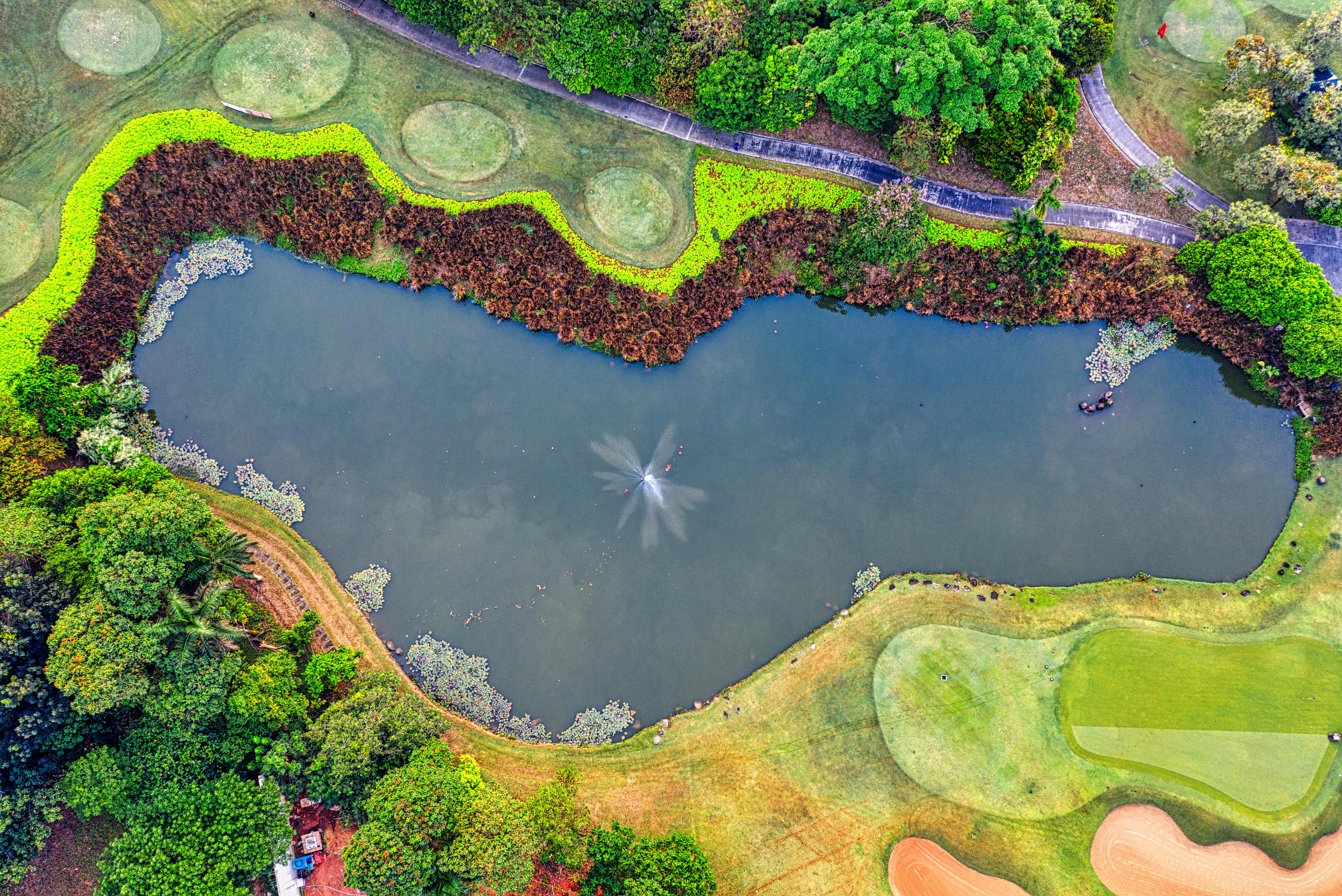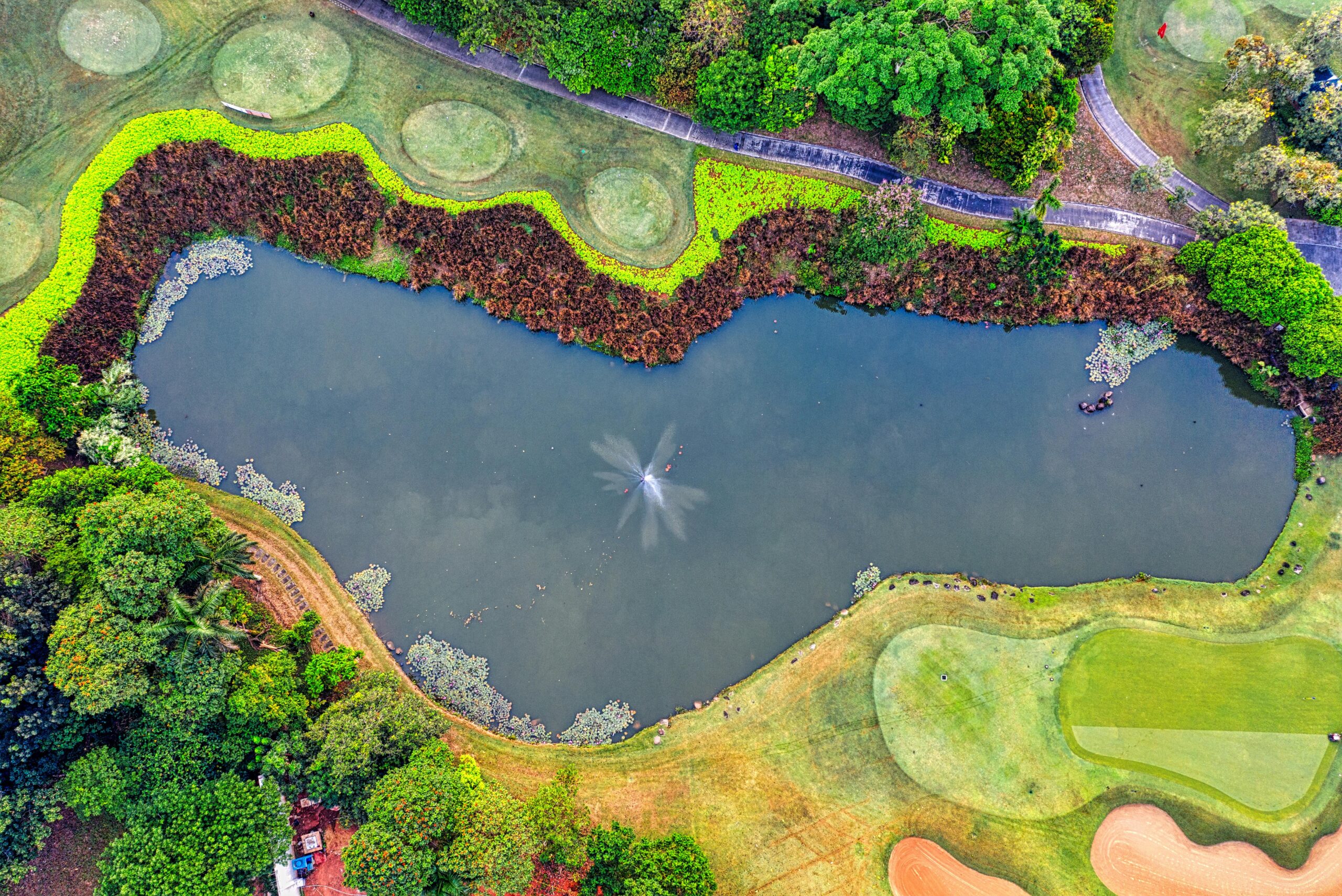How to Craft a Winning Botanic Gardens Proposal
Botanic gardens proposals are becoming vital blueprints for cities embracing sustainability and biodiversity. As urban development accelerates, integrating green spaces like botanical gardens is no longer optional—it’s essential. This article will guide you through the complete process of crafting a compelling botanic gardens proposal, from understanding its core principles to mastering advanced implementation strategies.

Understanding the Fundamentals
A botanic gardens proposal outlines the planning, design, purpose, and implementation of a botanical garden within an urban or rural context. These proposals combine ecological science, landscape architecture, and public policy. Historically, botanical gardens were primarily used for plant research, but today they serve recreational, educational, and conservation purposes.
Understanding the basics is essential to propose something that’s both visionary and executable. Think of a botanic garden as a “living museum”—an evolving ecosystem that also educates, inspires, and rejuvenates communities.
1.1 Ecological and Educational Purpose
A fundamental goal of any botanic gardens proposal is ecological stewardship. This includes conserving native flora, creating pollinator pathways, and serving as biodiversity hubs. For example, the Singapore Botanic Gardens contributes to regional biodiversity conservation through targeted planting and seed banking programs.
Many botanic gardens double as outdoor classrooms. They offer hands-on learning for schools, universities, and the public through curated tours, workshops, and signage. A common misconception is that botanical gardens are only for aesthetic enjoyment—they are powerful education tools as well.
1.2 Urban Planning and Accessibility
Botanic gardens must be integrated with existing city infrastructure while being accessible to diverse populations. Unlike private greenhouses, public gardens require ADA-compliant pathways, transport access, and multilingual signage.
For example, the High Line in New York City transformed an unused rail line into a linear botanic park, increasing local property values and foot traffic. These gardens don’t just serve plants—they serve people too.
Practical Implementation Guide
Translating a vision into reality demands strategic planning and logistical execution. A well-structured botanic gardens proposal bridges creative vision with city zoning laws, funding, and stakeholder alignment. It sets clear milestones, performance metrics, and delivery timelines.

2.1 Actionable Steps
- Site Assessment: Conduct soil tests, water availability studies, and sunlight mapping to determine viability.
- Design and Architecture: Hire landscape architects to create blueprints aligned with ecological goals and community use.
- Permits and Budgeting: Work with municipal agencies to obtain permits. Secure funding from grants, sponsors, and donors.
2.2 Overcoming Challenges
Common obstacles in botanic gardens proposal development include:
- Regulatory Delays: These can be mitigated by involving urban planners early in the process.
- Budget Overruns: Use contingency budgeting and phased rollouts to control costs.
- Community Opposition: Conduct public engagement sessions to foster support and gather input.
Watch for red flags like site contamination, seasonal flooding, or invasive species. Experienced consultants can often identify these early and build mitigation into the proposal.
Advanced Applications
Once foundational elements are in place, your botanic gardens proposal can integrate cutting-edge features. Advanced techniques elevate these spaces from local parks to global benchmarks in sustainability and innovation.

3.1 Smart Garden Systems
Advanced gardens employ IoT sensors to monitor soil health, irrigation, and plant growth. For example, Sydney’s Royal Botanic Garden uses automated irrigation controlled by weather-linked sensors, reducing water use by 40%.
Performance data can be shared with universities for collaborative research or integrated into mobile apps for public education.
3.2 Integration with Urban Ecosystems
Some proposals link botanical gardens with urban forests, stormwater systems, or bike pathways. These integrations boost ecosystem resilience and user engagement.
Compatibility considerations include aligning plant species with native ecologies and ensuring irrigation systems don’t conflict with municipal lines.
Future Outlook
The future of botanic gardens lies in adaptive design and climate resilience. Trends include climate-proof plant selection, edible landscapes, and vertical gardening. Digital experiences, such as AR-enhanced tours, will redefine visitor engagement.
Over the next 3–5 years, expect policy mandates for more green infrastructure, particularly in densely populated regions. Preparing now means being ahead of funding trends and regulatory changes.
Conclusion
Here are the three key takeaways:
- Botanic gardens proposals must merge ecological science with public accessibility.
- Implementation demands strategic planning, budgeting, and stakeholder engagement.
- Advanced technologies and future-forward thinking set projects apart in competitive funding rounds.
Whether you’re proposing a community garden or a city-wide botanical hub, your botanic gardens proposal is the blueprint for a greener future. Start today—because every great garden begins with a single, well-rooted idea.
Frequently Asked Questions
- Q: What is a botanic gardens proposal? A botanic gardens proposal is a formal document that outlines the design, purpose, and execution plan for creating a botanical garden, often to secure funding or regulatory approval.
- Q: How do I get started? Begin by assessing your site, defining your garden’s mission, and consulting local stakeholders. Draft a plan before seeking funding or permits.
- Q: How much time does it take? From conception to execution, most botanic gardens proposals take 12–36 months, depending on size and complexity.
- Q: What does it cost? Costs vary widely. A small community garden may need $50,000–$100,000. A large urban botanical park may require several million dollars.
- Q: How does this compare to a traditional park? Botanic gardens have specialized plant collections, educational programming, and conservation goals, unlike general-purpose parks.
- Q: Is it technically difficult? While not overly complex, it requires multidisciplinary coordination involving horticulture, architecture, and municipal planning.
- Q: Can it be tailored for specific industries? Yes. Universities may focus on research, municipalities on public engagement, and tourism boards on visitor experiences.
